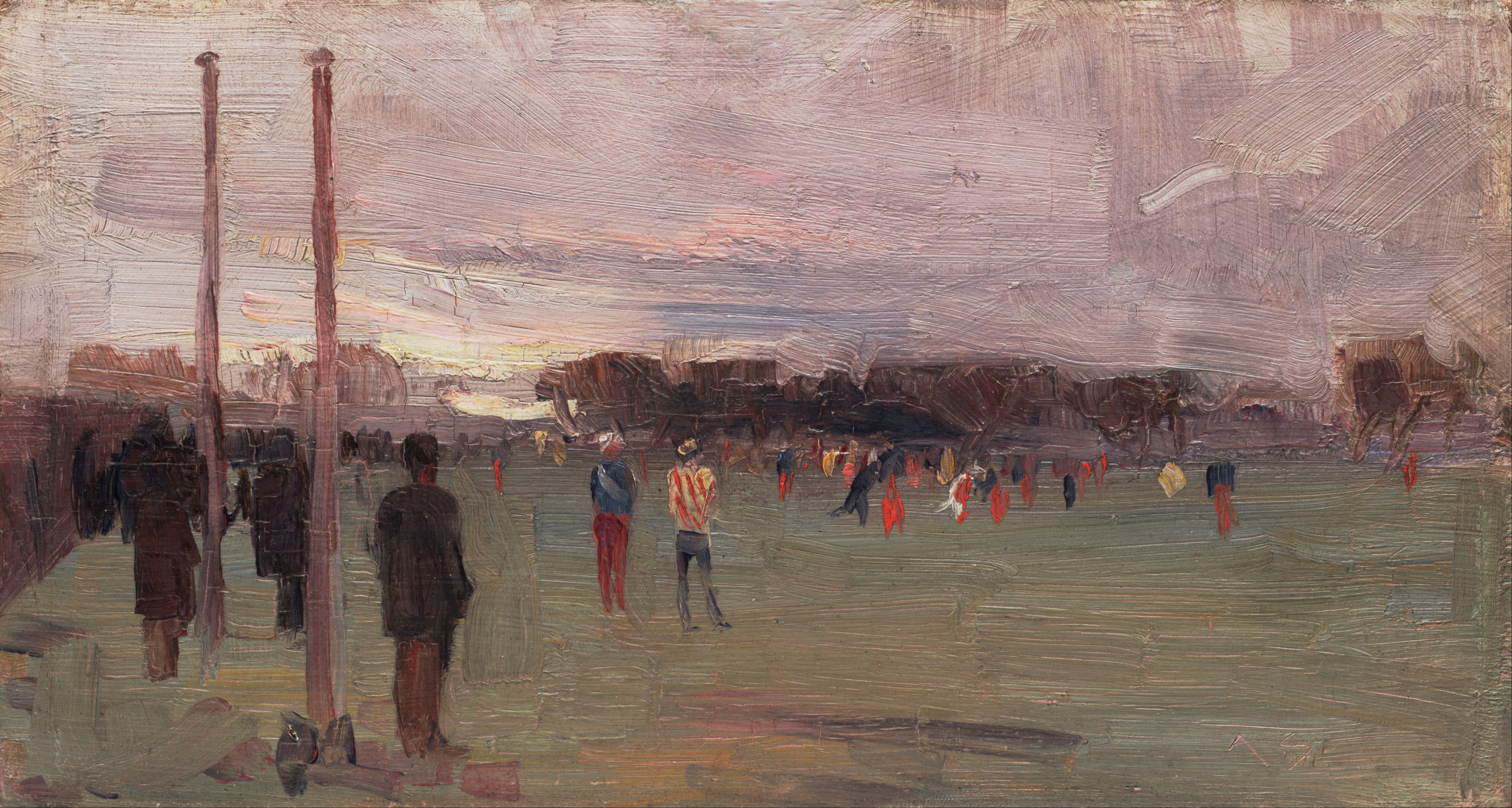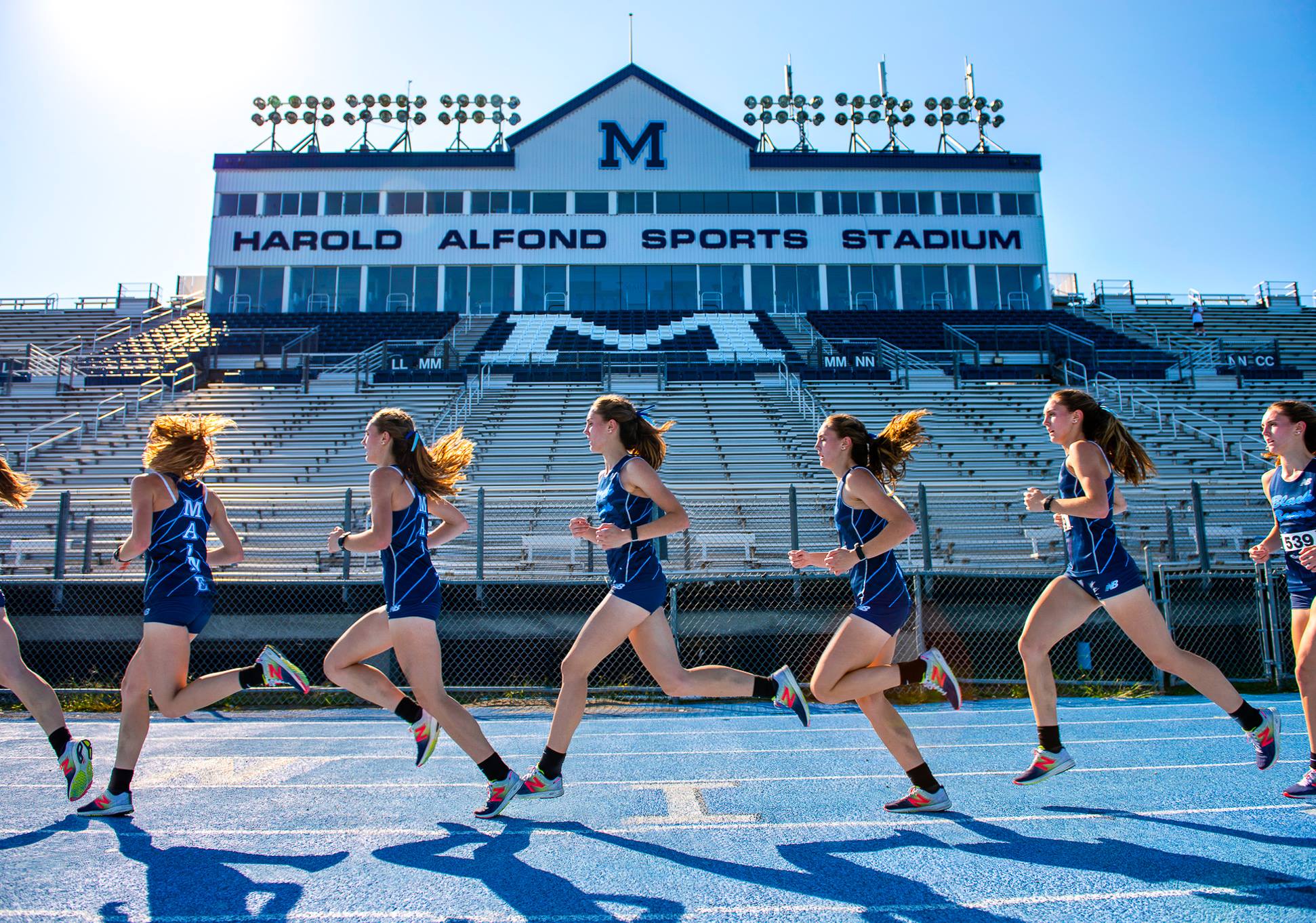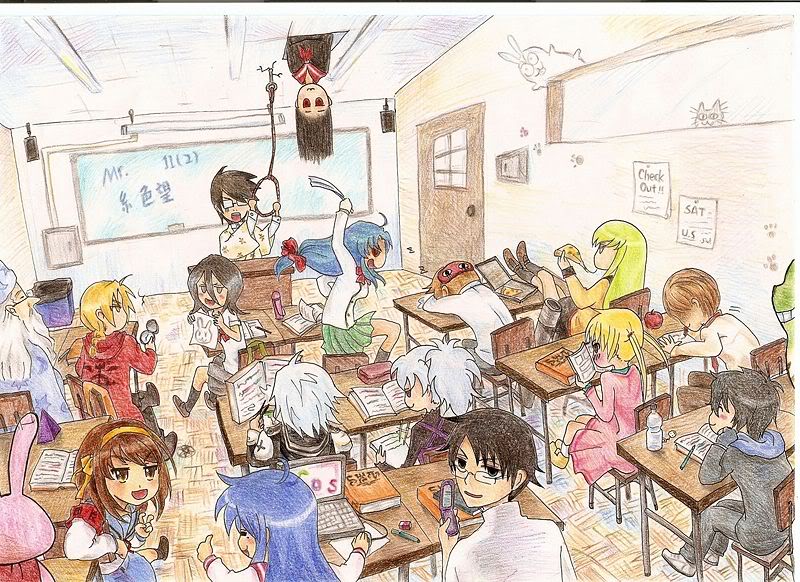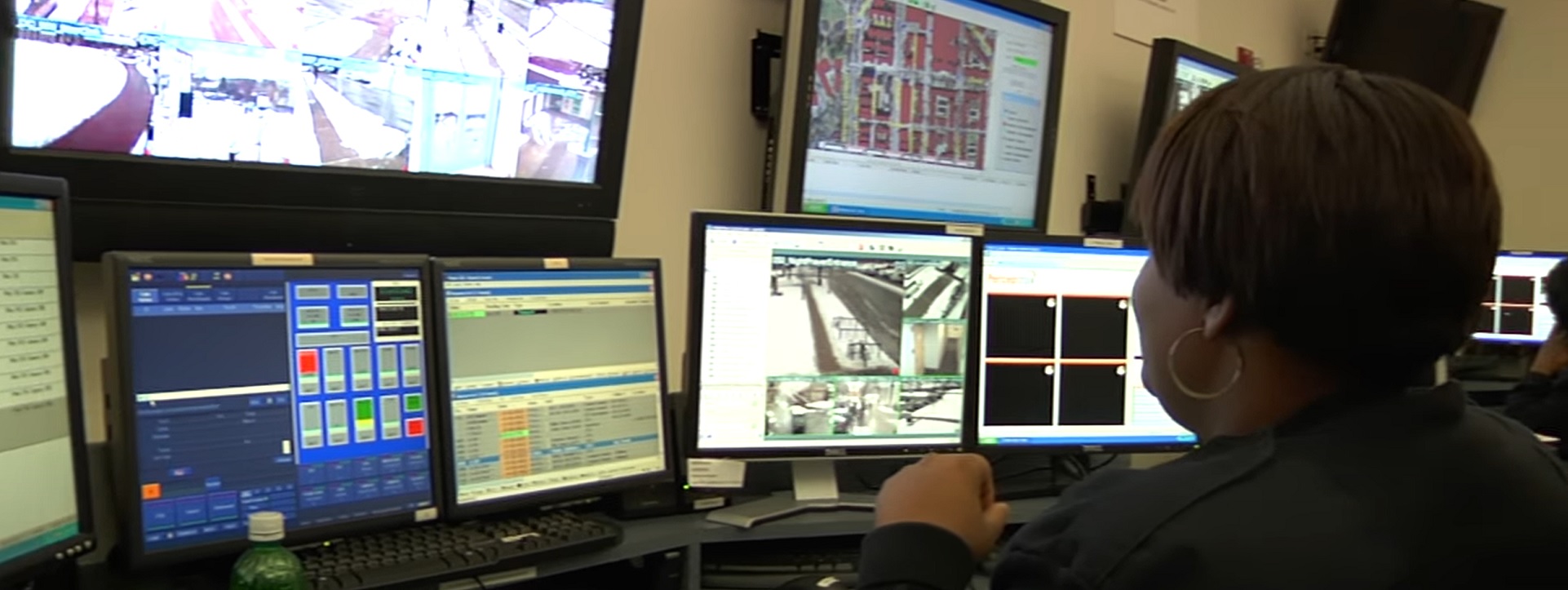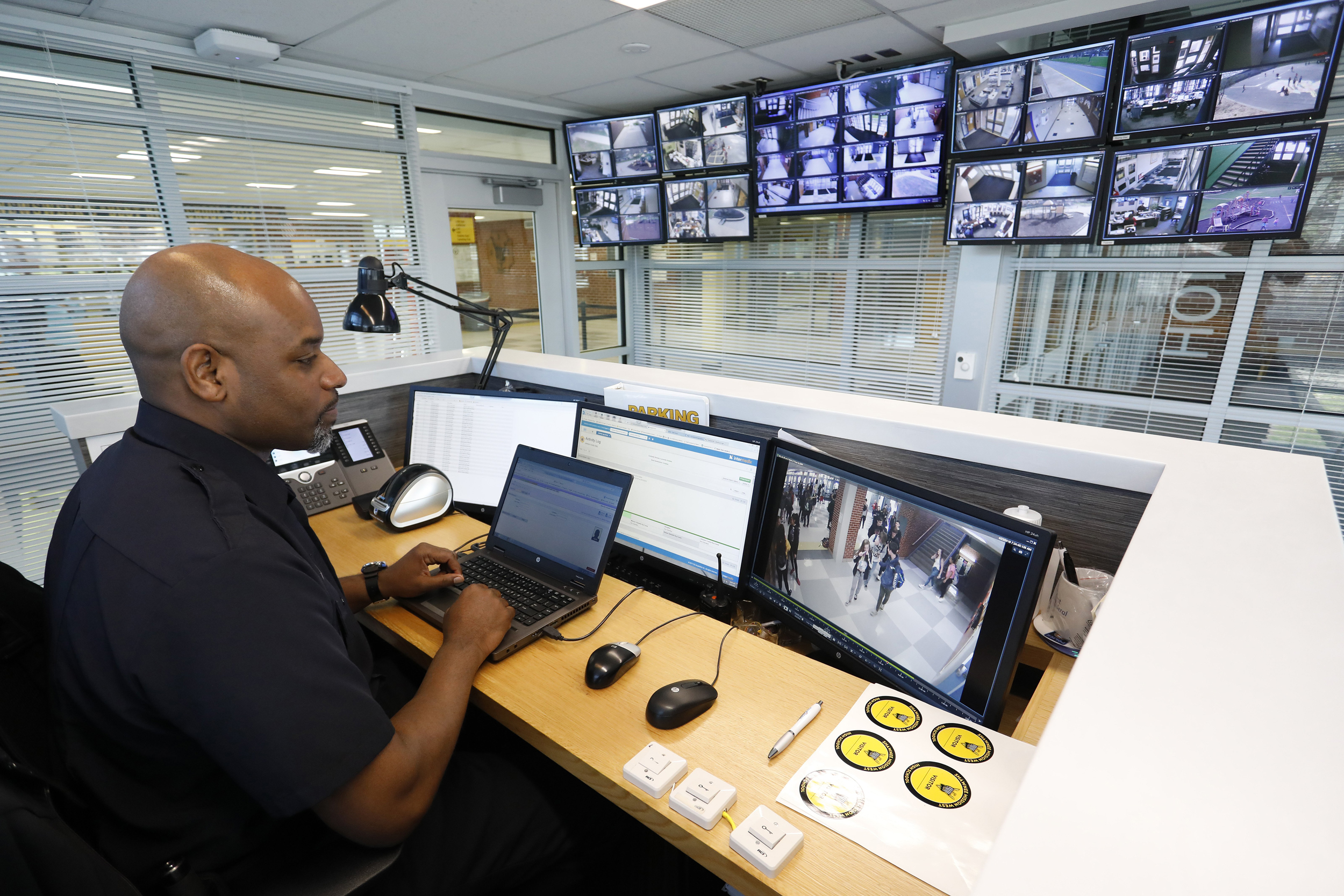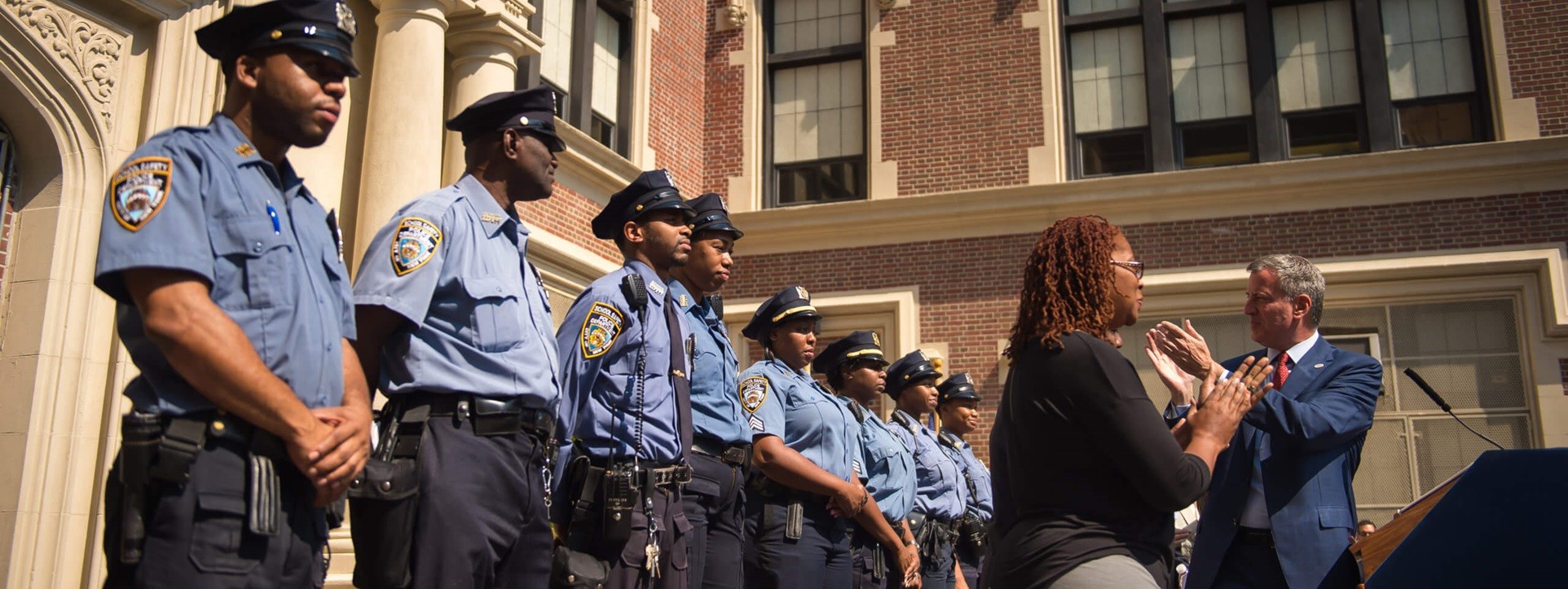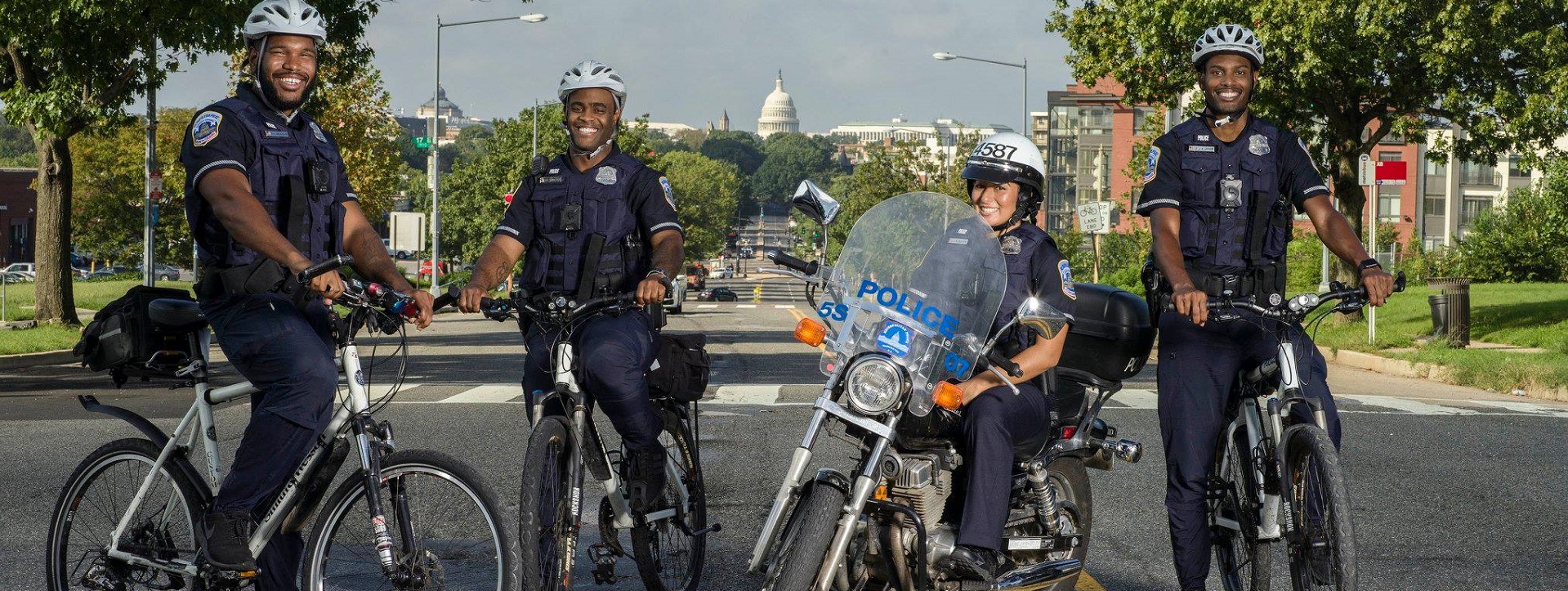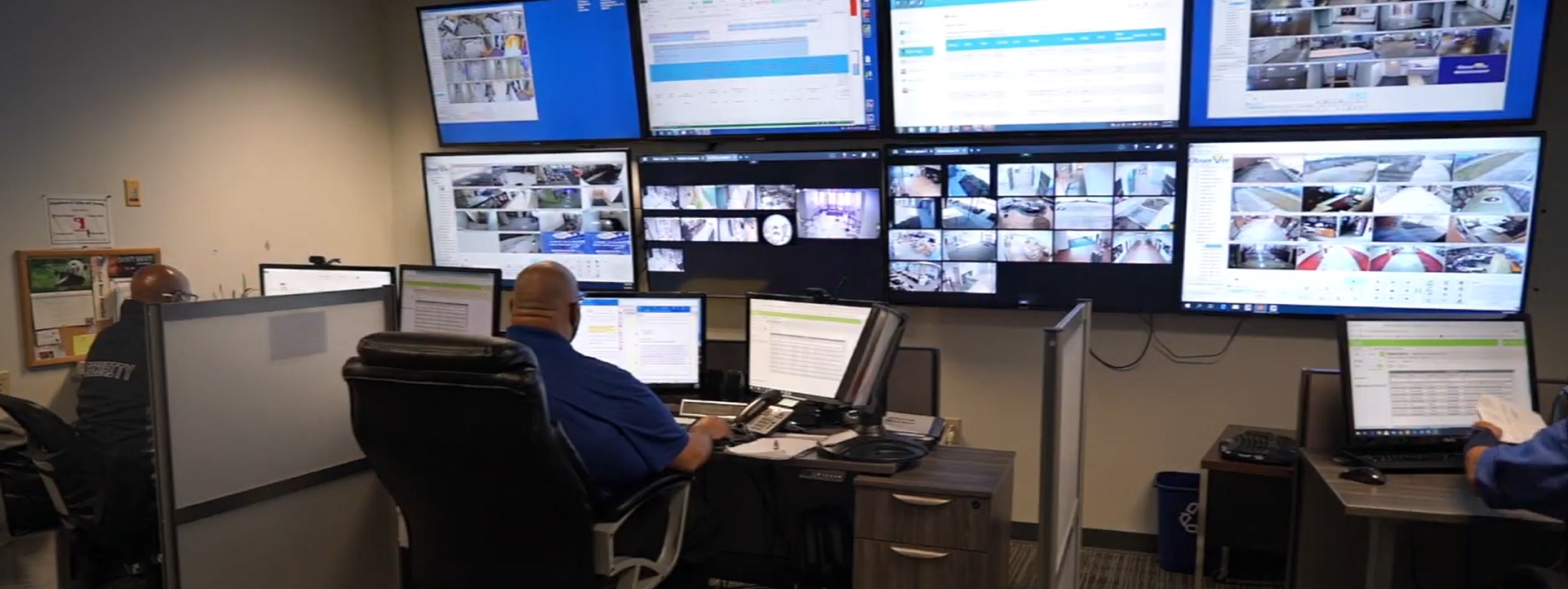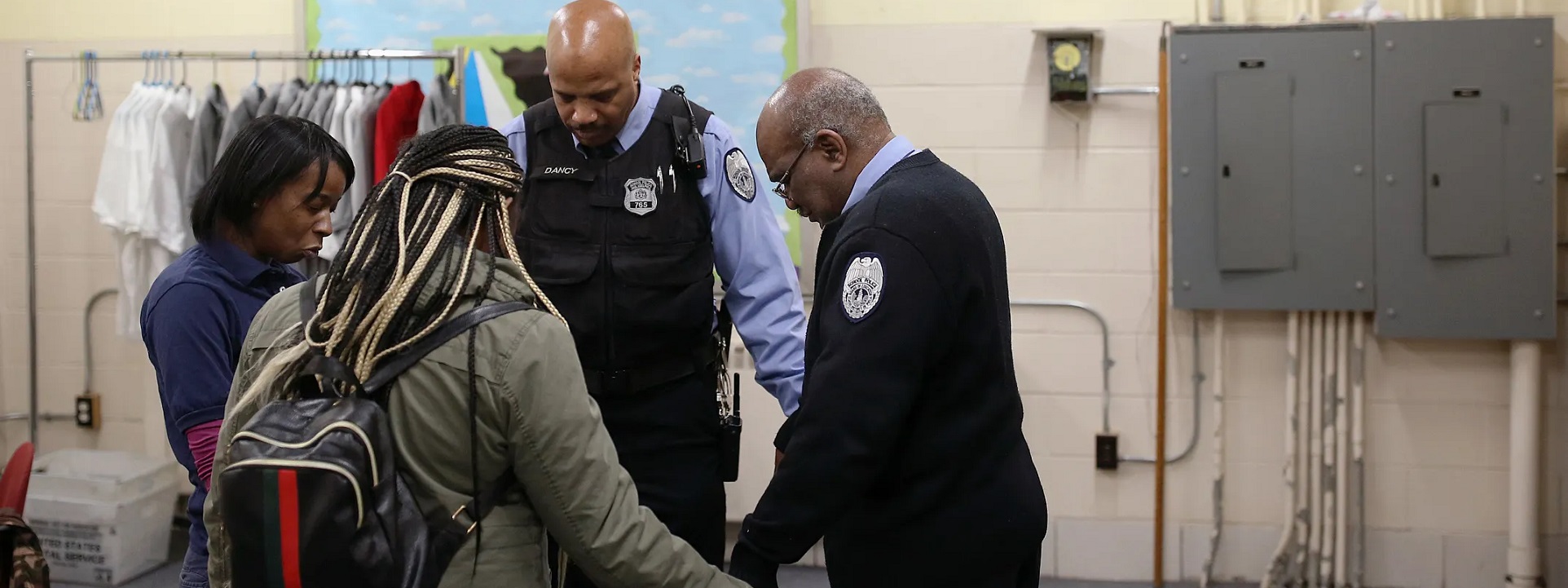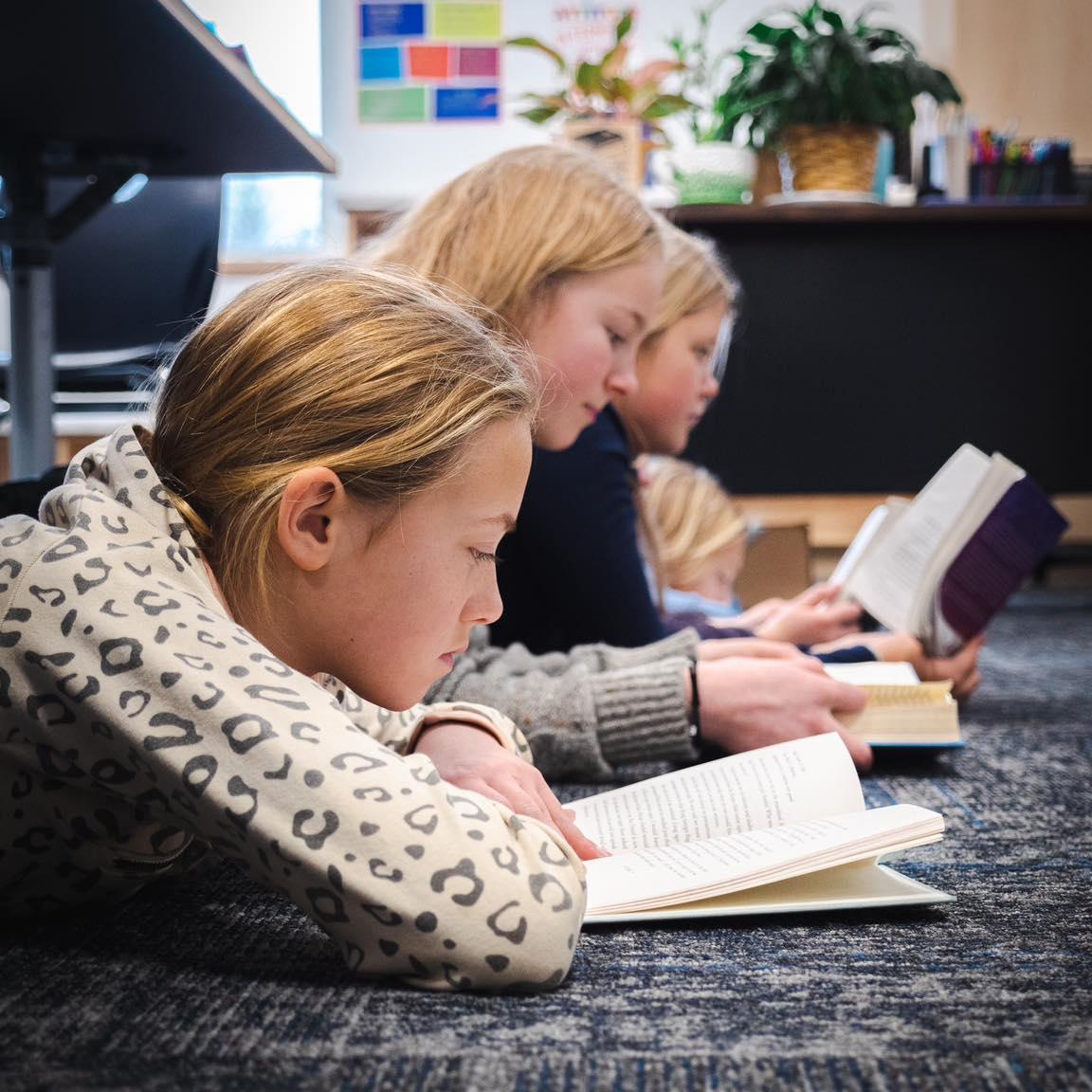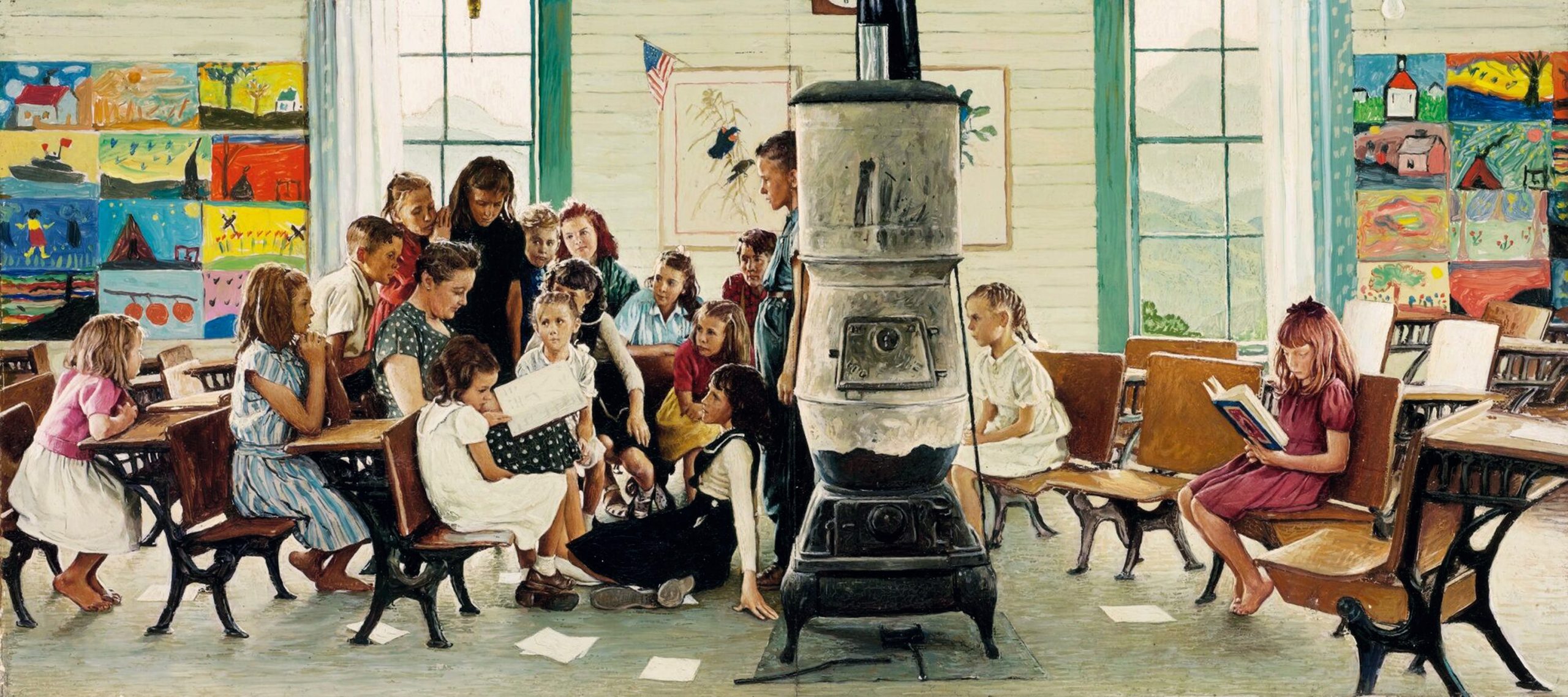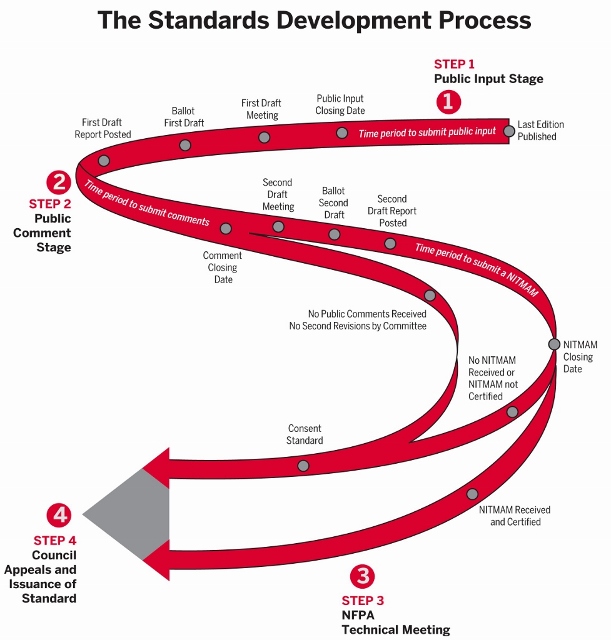For over two centuries we have been recognised as the finest #traditional gentlemen’s #barber and #perfumer in London, and have provided discerning #gentlemen with only the finest in #grooming products and services.https://t.co/4C9W4XbnwY#truefittandhill #since1805 pic.twitter.com/c58w1053jN
— Truefitt & Hill London (@TruefittHill) March 5, 2022
A Gentleman’s London
- Home Page 22

A Gentleman’s London
Sports Equipment & Surfaces
Student Membership | @ASTMStudentFans
Sport is the bloom and glow of a perfect health.
—Ralph Waldo Emerson
Sport programs, facilities and equipment support one of the most visible and emotionally engaging enterprises in the education communities. These programs are central to the brand identity of the community and last, but not least, physical activity keeps our young people healthy in body and mind.
ASTM International is one of the first names among the 300-odd ANSI accredited standards setting organizations whose due processes discover and promulgate the standard of care for the design, construction, operations and maintenance of the facilities that support these enterprises. The parent committee is linked below:
ASTM Committee F08 on Sports Equipment, Playing Surfaces, and Facilities
While ASTM bibliography is largely product-oriented, there are many titles that set the standard of care for sport enterprises and the accessories to these enterprises. To identify a few:
ASTM F1774 Standard Specification for Climbing and Mountaineering Carabiners
ASTM F2060-00(2011) Standard Guide for Maintaining Cool Season Turfgrasses on Athletic Fields
ASTM F1703-13 Standard Guide for Skating and Ice Hockey Playing Facilities
ASTM F1953-10 Standard Guide for Construction and Maintenance of Grass Tennis Courts
ASTM F1081-09(2015) Standard Specification for Competition Wrestling Mats
ASTM F2950-14 Standard Safety and Performance Specification for Soccer Goals
When the General Requirements of an athletic facility construction project indicates: “Conform to all applicable standards” then, in the case of an sport facility, the ASTM title is likely the document that defines the standard of care from a product standpoint. Interoperability of the products in a sport setting are quite another matter.
At the international level, we track action in ISO/TC 83 Sports and other recreational facilities and equipment administered globally by the Deutsches Institut für Normung e.V. ASTM International is ANSI’s Technical Advisory Group for this committee.
The ASTM standards development process depends heavily on face-to-face meetings — typically two times per year – in different parts of the United States. The benefit of this arrangement lies in the quality of discussion among subject matter experts that results produced from face-to-face discussion. The price to pay for this quality, however, lies in the cost of attendance for the user-interest in the education industry. Relatively few subject matter experts directly employed by a school district, college or university who are charged with lowering #TotalCostofOwnership can attend the meetings. Many of the subject matter experts who are in attendance at the ASTM meetings from the education industry tend to be faculty who are retained by manufacturers, insurance, testing laboratories, conformity and compliance interests. (See our discussion of Incumbent Interests)
That much said, ASTM welcomes subject matter experts on its technical committees (Click here) We encourage participation by end users from the education industry — many of them in the middle of athletic facility management organization charts. The parent committee meets twice a year; after which we usually find public review redlines developed during those meetings to hit our radar. The link to the schedule of face-to-face meetings appears below:
Note that the August 2020 cancelled but the November 2020 meeting still appears on the schedule. It is likely that much of the committee work will be done online.
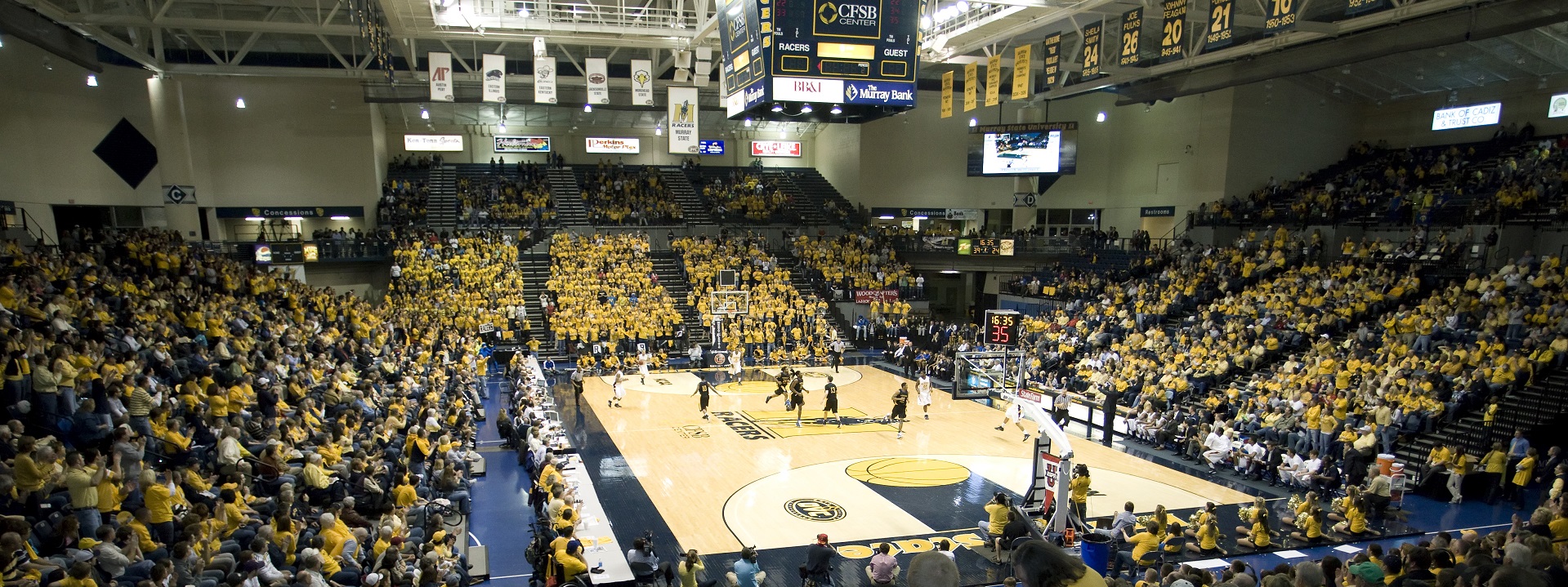
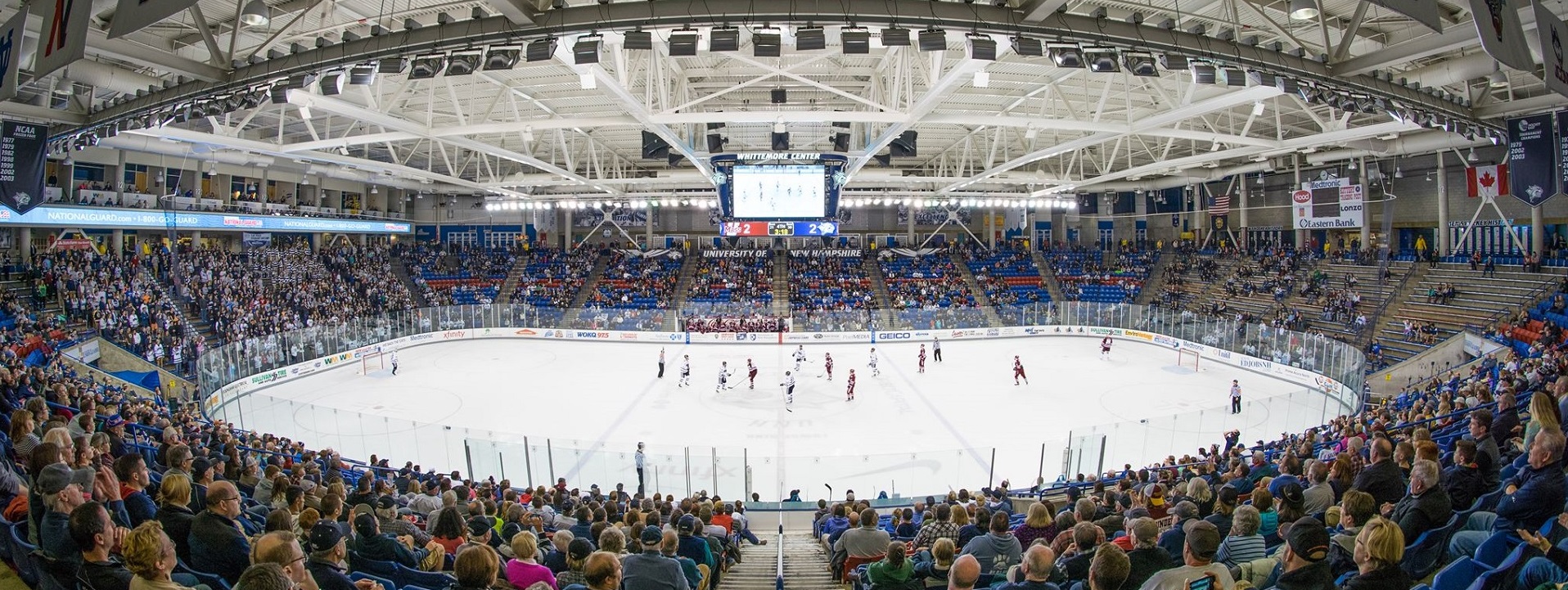
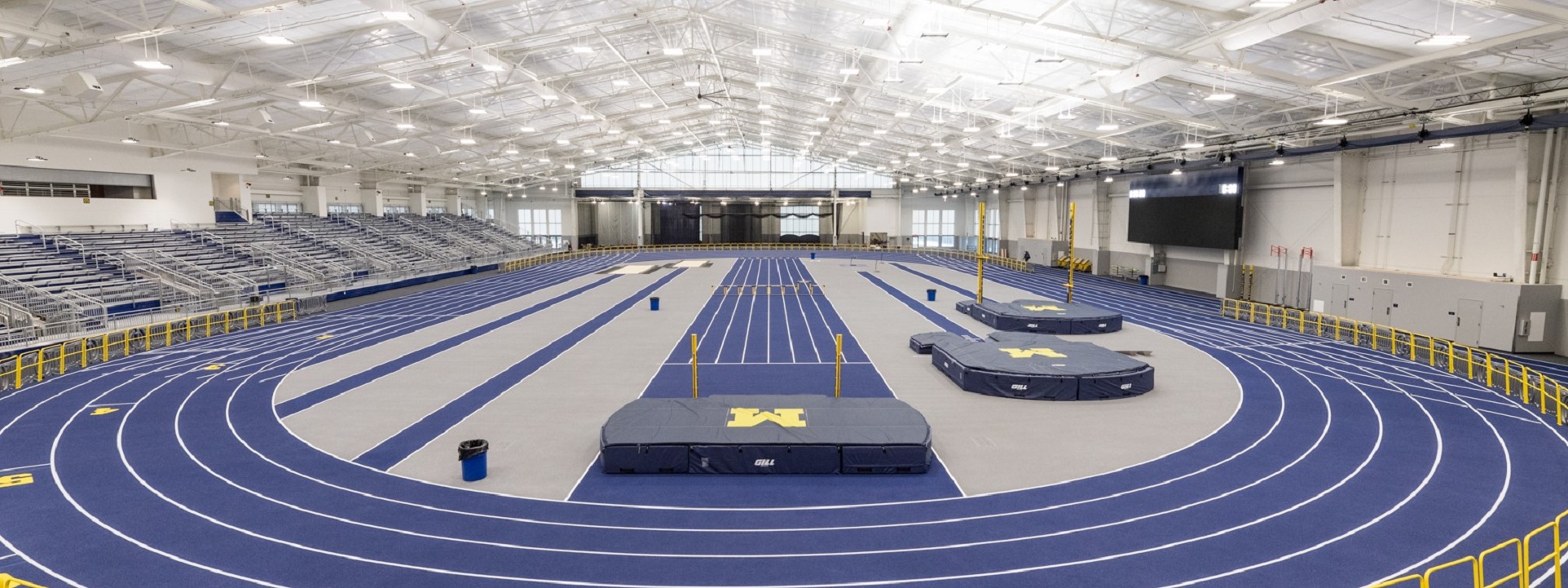
We are required to review draft ASTM consensus products with some care — owing to copyright restrictions — so we do it interactively online during teleconferences devoted to Sport. See our CALENDAR for the next online meeting; open to everyone.
Issue: [7-7] [10-32] [13-165] [20-156]
Category: Sport, Management, Risk Management
Contact: Mike Anthony, Jack Janveja, George Reiher, Richard Robben
Harvard upgrades stadium field | ASTM develops turf safety standards http://t.co/pObQduSg0Khttp://t.co/wRoCPDeVbZ pic.twitter.com/7gLp9tO3B1
— Standards Michigan (@StandardsMich) April 22, 2015
8990 Grand River Ave, Detroit
“In the Barber Shop” by Ilya Bolotowsky (1934)
Painted for the Public Works of Art Project during the Great Depression
~3700 artists, ~15,000 paintingshttps://t.co/4DfkXSBB84https://t.co/Z1aqoY1zhW pic.twitter.com/qNDCEThOlD— Standards Michigan (@StandardsMich) March 15, 2025
10 Tampa Bay
Lakeland Florida high school offers free clothes and laundry facilities. Expansion of this concept to Saturdays for all students in the district would contribute to greater utilization of square footage that is normally unused. It may also lower energy cost and contribute to “family feeling” in the district.
Schools install laundry facilities to help students in need, improve attendance
I was admiring my gran’s sewing machine today. I think it was probably her mother’s. Amazing that a mass-produced tool was made to look like *this*. pic.twitter.com/fiT5NxtzNA
— Peter Ross (@PeterAlanRoss) September 26, 2024
The 98th commencement ceremony for H.B. Plant High School celebrates the remarkable graduating class of 2025!
🎓 “Your dedication, perseverance, and willingness to give your all have brought you to this moment. As you move forward, embrace every opportunity with the same spirit… pic.twitter.com/oJ9K1NSgeG
— Hillsborough Schools (@HillsboroughSch) May 24, 2025
“Washing Day” 1885 John Williams Waterhousehttps://t.co/xECh8y6kCbhttps://t.co/NsIhHF46RKhttps://t.co/jXZaRdSsbf pic.twitter.com/GzG85BmLGb
— Standards Michigan (@StandardsMich) July 15, 2023
Laundry Hacks
New York University Facilities Management
Washing in the Outer Hebrides 🎶 pic.twitter.com/3WbpVpviyg
— Fraser. (@frasercontra) August 10, 2023
First Day of School
Today we take a cross cutting review of all the literature (codes, standards, guidelines, laws) that informs safe and sustainability occupancy load, means of egress, illumination, ambient air, plumbing, electric, communication and acoustics in classrooms.
Keen on your thoughts… https://t.co/IqI87vuVTz
And I’d love to see your classroom layout/displays if you want to share! Tag with #CanvasForThought pic.twitter.com/qZwxAaa6jm— 𝗗𝗿 𝗡𝗮𝘁𝗵𝗮𝗻𝗶𝗲𝗹 𝗦𝘄𝗮𝗶𝗻 (@NathanielRSwain) July 17, 2024
1. Building Codes
- International Building Code (IBC): Adopted by most states, it provides guidelines for the design and construction of buildings, including schools.
- International Existing Building Code (IEBC): Provides standards for the renovation and repair of existing school buildings.
- State and Local Building Codes: Many states and municipalities have additional or modified codes that must be followed.
2. Fire and Life Safety Codes
- National Fire Protection Association (NFPA) Codes:
- NFPA 101: Life Safety Code – Sets requirements for egress, fire protection, and emergency planning.
- NFPA 13: Installation of Sprinkler Systems – Specifies standards for automatic fire sprinkler systems.
- NFPA 72: National Fire Alarm and Signaling Code – Covers fire alarm system installation and maintenance.
- NFPA 70: National Electrical Code (NEC) – Outlines electrical wiring standards to prevent fire hazards.
3. Accessibility Standards
- Americans with Disabilities Act (ADA):
- ADA Standards for Accessible Design – Ensures that school facilities are accessible to individuals with disabilities.
- Architectural Barriers Act (ABA): Requires accessibility in buildings constructed with federal funds.
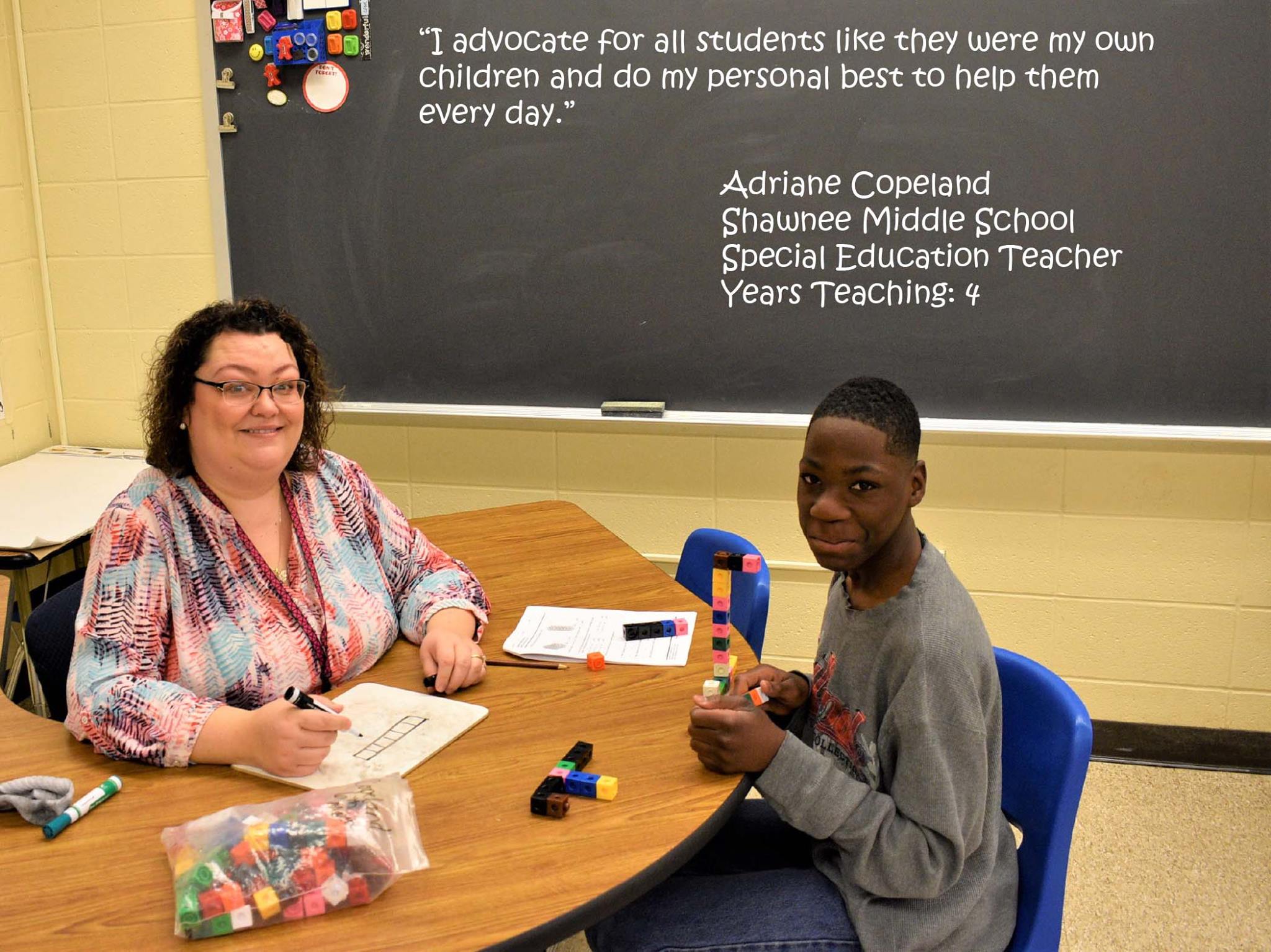
4. Environmental and Health Standards
-
- ASHRAE 62.1: Ventilation for Acceptable Indoor Air Quality.
- ASHRAE 90.1: Energy Standard for Buildings Except Low-Rise Residential Buildings.ASHRAE Standards
- Environmental Protection Agency (EPA) Regulations:
- EPA Lead and Asbestos Regulations: Governs the handling of lead and asbestos in school buildings.
- EPA’s Indoor Air Quality Tools for Schools: Provides guidelines to manage air quality.
5. Structural Standards
- American Society of Civil Engineers (ASCE):
- ASCE 7: Minimum Design Loads and Associated Criteria for Buildings and Other Structures.
- American Concrete Institute (ACI):
- ACI 318: Building Code Requirements for Structural Concrete.
6. Plumbing and Mechanical Codes
- International Plumbing Code (IPC): Provides guidelines for plumbing system design and installation.
- International Mechanical Code (IMC): Sets standards for heating, ventilation, and air conditioning (HVAC) systems.
7. Electrical Standards
- Institute of Electrical and Electronics Engineers (IEEE) Standards: Includes various electrical safety and installation standards relevant to school facilities.
8. Educational Specifications and Guidelines
- Council of Educational Facility Planners International (CEFPI) Guidelines: Provides best practices for school design that promote effective learning environments.
- State-Specific Educational Specifications: Many states have their own guidelines for the design of educational facilities to meet state-specific educational needs.
9. Safety and Security Standards
- Crime Prevention Through Environmental Design (CPTED) Guidelines: Suggests design strategies to enhance security in school environments.
- School Safety and Security Standards (state-specific): Some states have additional requirements for school security measures.
10. Sustainable Design Standards
- LEED (Leadership in Energy and Environmental Design) for Schools: Provides a framework for building green and energy-efficient schools.
- Green Building Initiative (GBI) Standards: Focuses on sustainable and energy-efficient building practices.
11. Maintenance Standards
- International Property Maintenance Code (IPMC): Provides guidelines for the maintenance of buildings, ensuring they remain safe and functional over time.
12. Other Relevant Standards
- Federal Emergency Management Agency (FEMA) Guidelines: Provides standards for building schools in disaster-prone areas (e.g., tornadoes, earthquakes).
- Occupational Safety and Health Administration (OSHA) Standards: Ensures workplace safety, including in schools, covering areas like chemical safety, electrical safety, and more.
Local Considerations
- Local Zoning Laws and Ordinances: Schools must also comply with local land use regulations, which may affect building placement, size, and use.
Another public jubilation pic.twitter.com/dmQc6IBVbK
— Chelsea Finest💙💙😍 (@finest_che2325) July 20, 2024
Campus Surveillance
“Big Brother is watching you.”
“Always the eyes watching you and the voice enveloping you. Asleep or awake, working or eating, indoors or out of doors, in the bath or in bed—no escape. Nothing was your own except the few cubic centimeters in your skull.”
“At any rate, they could plug in your wire whenever they wanted to. You had to live—did live, from habit that became instinct—in the assumption that every sound you made was overheard, and, except in darkness, every movement scrutinized.”
“It was terribly dangerous to let your thoughts wander when you were in any public place or within range of a telescreen. The smallest thing could give you away.”
Hard upon conclusion of the fall semester, educational settlements ebb in population as students return to their home fires.
Today we pull together best practice in the systems — the people and the technologies — that sustain campus safety and stability during the Thanksgiving, Christmas and New Year holidays.
Join us at 16:00 UTC with login credentials at the upper right of our home page.
Electronic Communications Privacy Act (ECPA) of 1986:
Builders Hardware Manufacturers Association A156.25 – 2023 Electrified Locking Systems
Open Network Video Interface Forum
IEC 62676-1-1: Video surveillance systems for use in security applications
ANSI C136 Series – Standards for Roadway and Area Lighting Equipment
Park Point University Campus Security
Sisu
Standards Michigan Upper Peninsula
The Finnish presence in Northern Michigan stems from mass immigration during the late 19th and early 20th centuries. Between 1870 and 1929, over 350,000 Finns arrived in the U.S., with Michigan drawing about 40% due to its copper and iron mines, lumber mills, and farms.
Recruited from Norway’s mines starting in 1864, they settled in towns like Hancock, Calumet, Ishpeming, and Ironwood, drawn by the region’s harsh winters, long summer days, and forested terrain mirroring Finland’s.
By 1930, nearly 75,000 Finnish descendants lived there, forming the largest ethnic group in five northwestern UP counties (35% Finnish heritage per recent census). They built saunas, cooperatives, and Lutheran churches, including the Suomi Synod (1890) and Finlandia University (1896, since closed).
Cultural festivals like Heikinpäivä and pasties (adapted from Cornish miners) endure, sustaining a “Sauna Belt” legacy amid mining booms that rivaled California’s Gold Rush.
Life Safety Code
Educational and Day-Care Occupancies (July 23, 2025 Second Draft Transcript)
The Life Safety Code addresses those construction, protection, and occupancy features necessary to minimize danger to life from the effects of fire, including smoke, heat, and toxic gases created during a fire. It is widely incorporated by reference into public safety statutes; typically coupled with the consensus products of the International Code Council. It is a mighty document — one of the NFPA’s leading titles — so we deal with it in pieces; consulting it for decisions to be made for the following:
(1) Determination of the occupancy classification in Chapters 12 through 42.
(2) Determination of whether a building or structure is new or existing.
(3) Determination of the occupant load.
(4) Determination of the hazard of contents.
There are emergent issues — such as active shooter response, integration of life and fire safety systems on the internet of small things — and recurrent issues such as excessive rehabilitation and conformity criteria and the ever-expanding requirements for sprinklers and portable fire extinguishers with which to reckon. It is never easy telling a safety professional paid to make a market for his product or service that it is impossible to be alive and safe. It is even harder telling the dean of a department how much it will cost to bring the square-footage under his stewardship up to the current code.
The 2021 edition is the current edition and is accessible below:
NFPA 101 Life Safety Code Free Public Access
Public input on the 2027 Revision will be received until June 4, 2024. Public comment on the Second Draft 2027 Revision will be received until March 31, 2026.
Since the Life Safety Code is one of the most “living” of living documents — the International Building Code and the National Electric Code also move continuously — we can start anywhere and anytime and still make meaningful contributions to it. We have been advocating in this document since the 2003 edition in which we submitted proposals for changes such as:
• A student residence facility life safety crosswalk between NFPA 101 and the International Building Code
• Refinements to Chapters 14 and 15 covering education facilities (with particular attention to door technologies)
• Identification of an ingress path for rescue and recovery personnel toward electric service equipment installations.
• Risk-informed requirement for installation of grab bars in bathing areas
• Modification of the 90-minute emergency lighting requirements rule for small buildings and for fixed interval testing
• Modification of emergency illumination fixed interval testing
• Table 7.3.1 Occupant Load revisions
• Harmonization of egress path width with European building codes
There are others. It is typically difficult to make changes to stabilized standard though some of the concepts were integrated by the committee into other parts of the NFPA 101 in unexpected, though productive, ways. Example transcripts of proposed 2023 revisions to the education facility chapter is linked below:
Chapter 14 Public Input Report: New Educational Occupancies
Educational and Day Care Occupancies: Second Draft Public Comments with Responses Report
Since NFPA 101 is so vast in its implications we list a few of the sections we track, and can drill into further, according to client interest:
Chapter 3: Definitions
Chapter 7: Means of Egress
Chapter 12: New Assembly Occupancies
Chapter 13: Existing Assembly Occupancies
Chapter 16 Public Input Report: New Day-Care Facilities
Chapter 17 Public Input Report: Existing Day Care Facilities
Chapter 18 Public Input Report: New Health Care Facilities
Chapter 19 Public Input Report: Existing Health Care Facilities
Chapter 28: Public Input Report: New Hotels and Dormitories
Chapter 29: Public Input Report: Existing Hotels and Dormitories
Chapter 43: Building Rehabilitation
Annex A: Explanatory Material
As always we encourage front-line staff, facility managers, subject matter experts and trade associations to participate directly in the NFPA code development process (CLICK HERE to get started)
![]()
NFPA 101 is a cross-cutting title so we maintain it on the agenda of our several colloquia —Housing, Prometheus, Security and Pathways colloquia. See our CALENDAR for the next online meeting; open to everyone.
Issue: [18-90]
Category: Fire Safety, Public Safety
Colleagues: Mike Anthony, Josh Elvove, Joe DeRosier, Marcelo Hirschler
More
When lives are at stake, alternative approaches are welcome. #LifeSafety #AlternativeApproaches #Code #NFPA101 @NFPA
https://t.co/JvWyyZtuLP— ANSI (@ansidotorg) December 20, 2018
New update alert! The 2022 update to the Trademark Assignment Dataset is now available online. Find 1.29 million trademark assignments, involving 2.28 million unique trademark properties issued by the USPTO between March 1952 and January 2023: https://t.co/njrDAbSpwB pic.twitter.com/GkAXrHoQ9T
— USPTO (@uspto) July 13, 2023
Standards Michigan Group, LLC
2723 South State Street | Suite 150
Ann Arbor, MI 48104 USA
888-746-3670



